“Mobile commerce is anticipated to account for 72.9% of eCommerce sales around the world by 2021” – Key figure of eCommerce by Statista
Over the recent years, shopping habits have changed dramatically. Mobile devices are dominating most of our time and participate in our daily routine like our personal assistant. When these factors combine, mobile commerce, or m-commerce, is on the rise and expected to dominate the market in the next few years. To boost your eCommerce sales, you can’t ignore your customer on mobile. You should catch up with the most advanced and useful mobile commerce trends to optimize mobile customer experience.
In this article, we’ll present the 7 latest trends in mobile commerce that will dominate 2022. We’ll explain the trends related to mobile technology, customer behavior, and market share so you can build an effective and timely business strategy.
M-commerce trend #1. Mobile apps and progressive web apps (PWAs)
According to 2020’s statistics of mobile commerce trends from Statista:
- Mobile apps can convert more sales compared to mobile websites by 157%.
- 57% of online shoppers in the United States used a mobile app to discover information about the items they wanted to buy.
- 85% of online shoppers tend to use mobile apps instead of mobile browsers.
From the above data, we have to admit that online shoppers nowadays mainly use their mobile devices to make purchases. Another point should be highlighted is the way your customers use their mobile devices to shop. They rarely visit your website on a mobile browser.
Key takeaways: There are two approaches to adapt to this changing habit to increase mobile conversion:
- Build a mobile shopping app for your store. This definitely increases your mobile traffic as the stated data, and in turn, grows your conversion rate.
- Optimize your current website to be more mobile-friendly. You can apply progressive web apps (PWA) technology to bring a website’s interface, loading speed, and a mobile shopping experience like an app. For example, your customers can pin your website to their home screen with the add-to-home feature (or A2HS for short) so they can see it anytime and quickly revisit it.
These are two prominent directions for the future of mobile commerce growth. When you build a mobile shopping app or use PWA technology for your website, you can stay connected with your customers by sending them regular push notifications.
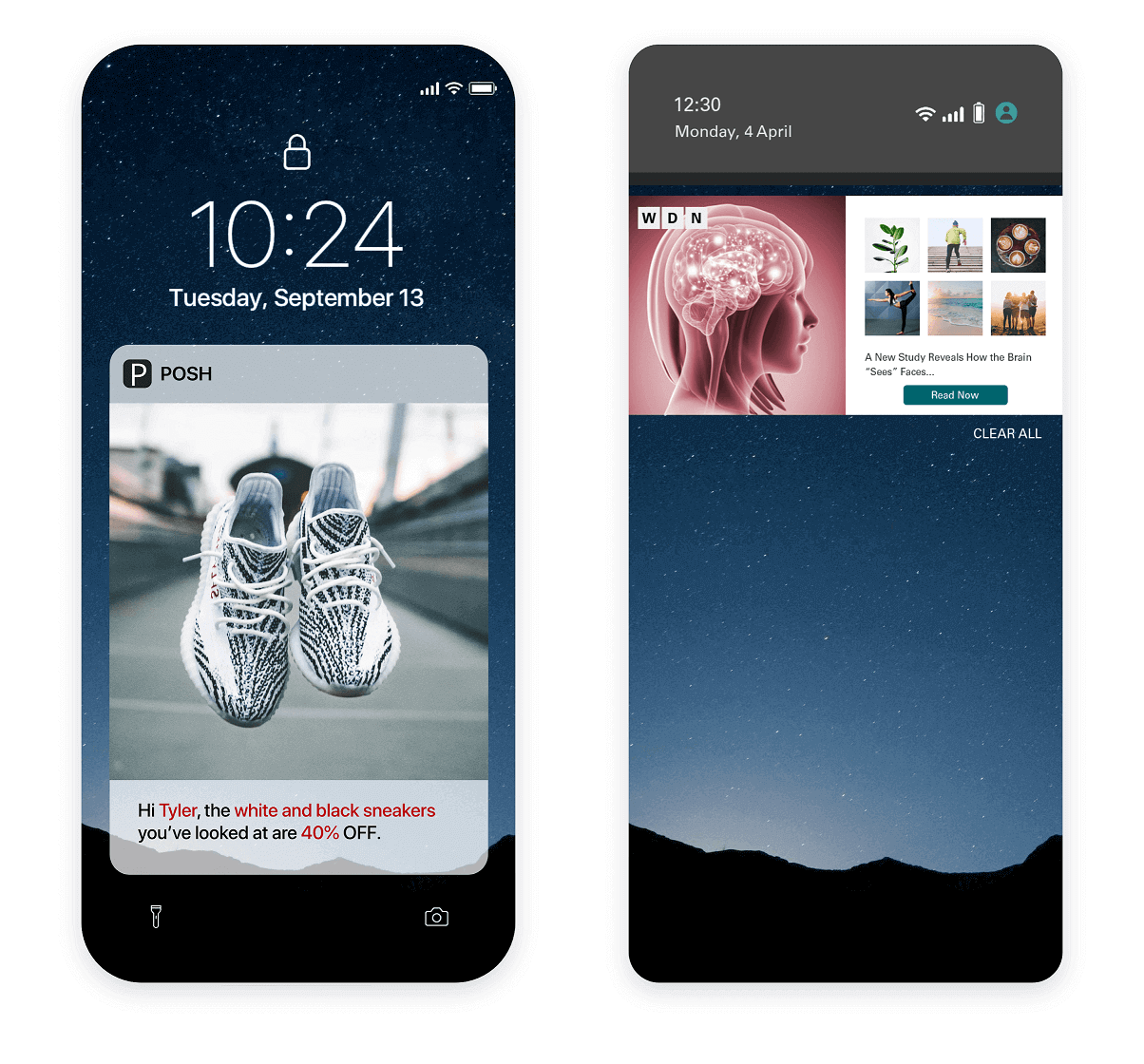
You can personalize these messages with real-time information and promotions based on user data like shopping behavior and their location. A lot of store owners have recognized the benefits of push notifications and are adjusting accordingly.
Mobile commerce trend #2. One-click ordering
One-click ordering, also known as one-click buying, or one-click, is a technology invented by Amazon, the world’s largest eCommerce platform. This mobile commerce trend allows customers to complete all necessary info and payment on the mobile eCommerce checkout form using data from the customer’s previous purchase. They just need to click one button, then all information is automatically filled, including:
- Customer name
- Shipping address
- Billing address
- Email address
- Credit card number
- Credit card expiration
- Card verification number
Since mobile devices screens are often designed for small areas, it requires a lot of precision from your customers to enter all this information. One-click is a lifesaver in this case. It saves customers time and effort, and helps store owners increase the customer checkout experience, eliminating one of the biggest causes of abandonment carts, thereby increasing mobile conversion rate and revenue.

Although this is a convenient solution with many advantages, the biggest question is on its security. In fact, the one-click mobile commerce trend relies on an intermediary payment gateway which is PCI-certified so your information is completely safe. However, if there’s a security breach and their database is leaked, anyone can order with their mobile devices. For most people, they are still willing to trade for the convenience of one-click. In addition, mobile eCommerce has a quick return process for such cases.
Key takeaways:
- In 2017, Amazon’s exclusive patent for the one-click technology expired, so now you have a wider choice of similar service providers like Fast and Bolt or PeachPay.
M-commerce trend #3. Social commerce
Your customers are using social media every day. It’s easier for your product to catch their eye here than customers visiting your website site. One of 2022’s mobile commerce trends is using social networks to reach target customers and build awareness for brands.
Many eCommerce businesses have tried and succeeded. However, turning the social traffic into conversion rate and sales remains a conundrum. Navigating from a social media post to a product purchase page requires a lot of intermediaries process. Fortunately, social commerce has emerged and solved this problem.

It builds direct bridges for customers to make purchases from Instagram and Facebook. Your customers will have a button to interact with the products they see. And they can click to be redirected to your product page without being forced to open a new browser.
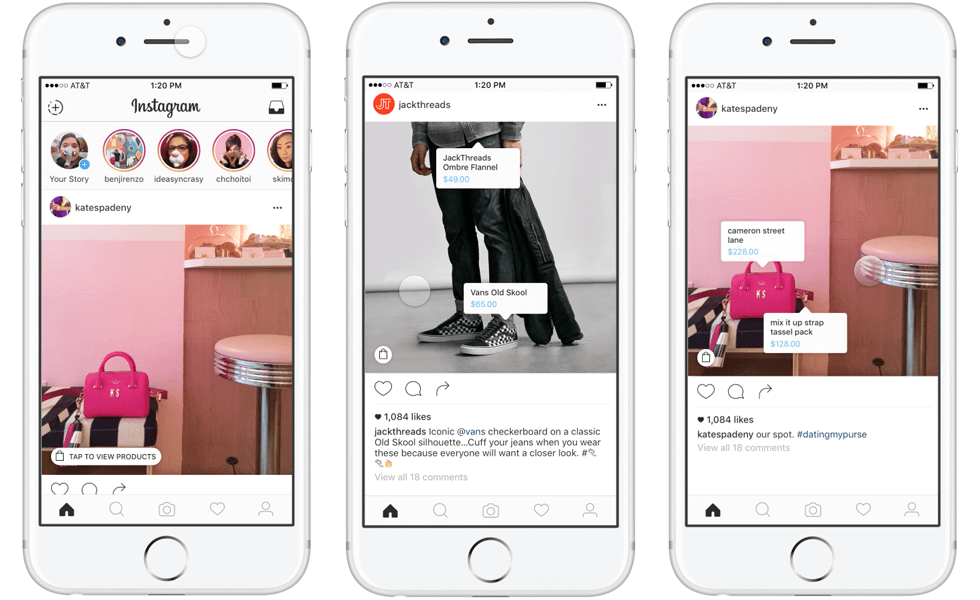
A 2020 research found that brands using Instagram to sell have benefited from a 1,416% increase in traffic and 20% increase in revenue. In 2022, more and more consumers will be looking to buy directly from social media posts, and store owners need to embrace this mobile commerce trend.
Key takeaways:
- Include products tagging directly in photos and posts, just like you tag your friends in photos to apply this mobile commerce trends in 2022.
Mobile commerce trend #4. Voice commerce
Voice commerce, or voice shopping, is the practice of using voice commands to shop online and place orders instead of typing or making in-store purchases. You can use the built-in voice feature in any smartphone or smart speaker assistant products like Apple, Samsung, Google, and Microsoft.
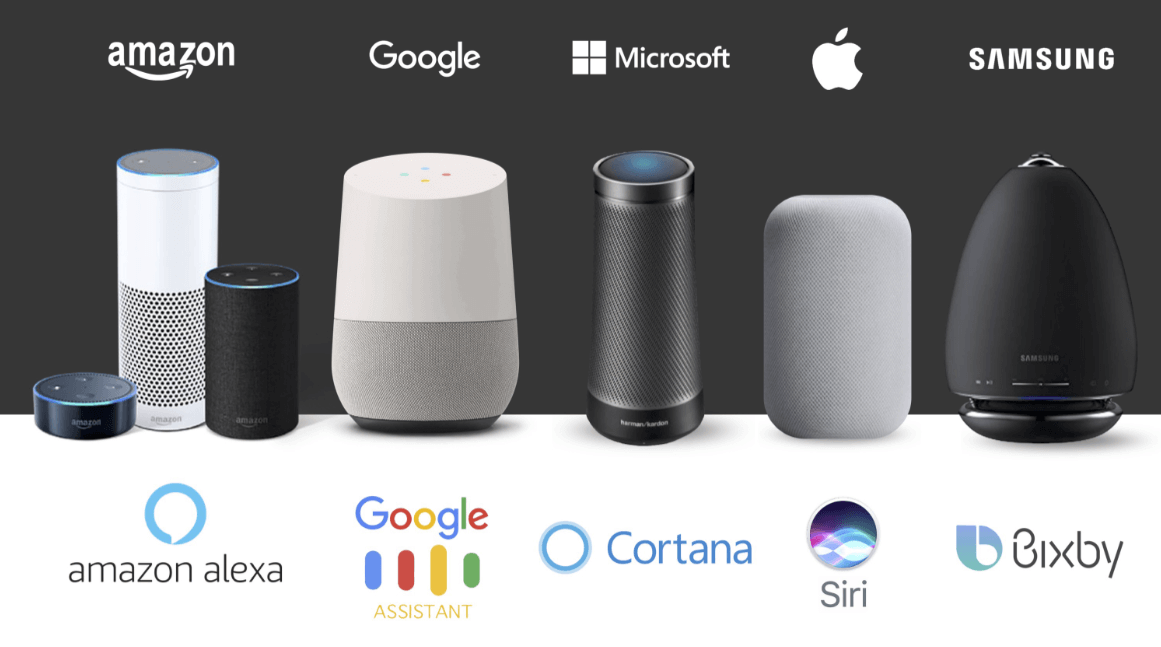
In 2020, voice commerce is anticipated to reach $40 billion according to Voice commerce statistics and reports by Statista:
- 40% of adults use voice search at least once a day.
- 20% of all searches on mobile devices use voice commands.
- 51% of online shoppers use voice commands to search for the products they want to buy.
- 22% of online shoppers use voice commands to make purchases.
Voice commerce is a significant mobile commerce trend that you can’t ignore in 2022.

Key takeaways:
- Make it easier for your customers to access your product by voice:
- Create voice-driven lists using built-in tools such as Alexa Skills Kit. It provides APIs so you can create points of purchases via voice commands.
- Apply tools like a UPS that enables shipment tracking via voice commands
- Create and execute a voice-related SEO strategy:
- Track what items and data are being searched based on free voice reporting tools like Think with Google for mobile commerce trends
- Compare the details, the length of the voice searches of each detailed product to better tailor existing keywords
- Establish a set of keywords according to the types of needs
- Add emphasis or shorten a voice search for each target market to optimize keyword lists
- Create educational contents with trending keywords, promoting and ensuring customers can see results with your eCommerce site’s products via voice command
- Make your products purchasable directly on the voice app:
- Eliminate unnecessary steps that prolong the purchase process or hinder usability on the mobile devices
- Communicate on social networks that your customers can buy your products via voice command on your eCommerce site and provide simple guidelines
M-commerce trend #5. Mobile chatbots
Mobile chatbots, or virtual assistants are artificial intelligence (AI) agents. They are set up with programs that automatically interact like a human with customers to make product query conversation more convenient and quickly. Chatbots are often used in email clients, messaging apps, SMS, mobile applications, and cloud networks.
Thanks to artificial intelligence and machine learning algorithms, the answer is becoming more and more natural with high accuracy. Economically, this mobile commerce trend helps you reduce guest waiting time and reduces the cost of real human resources.
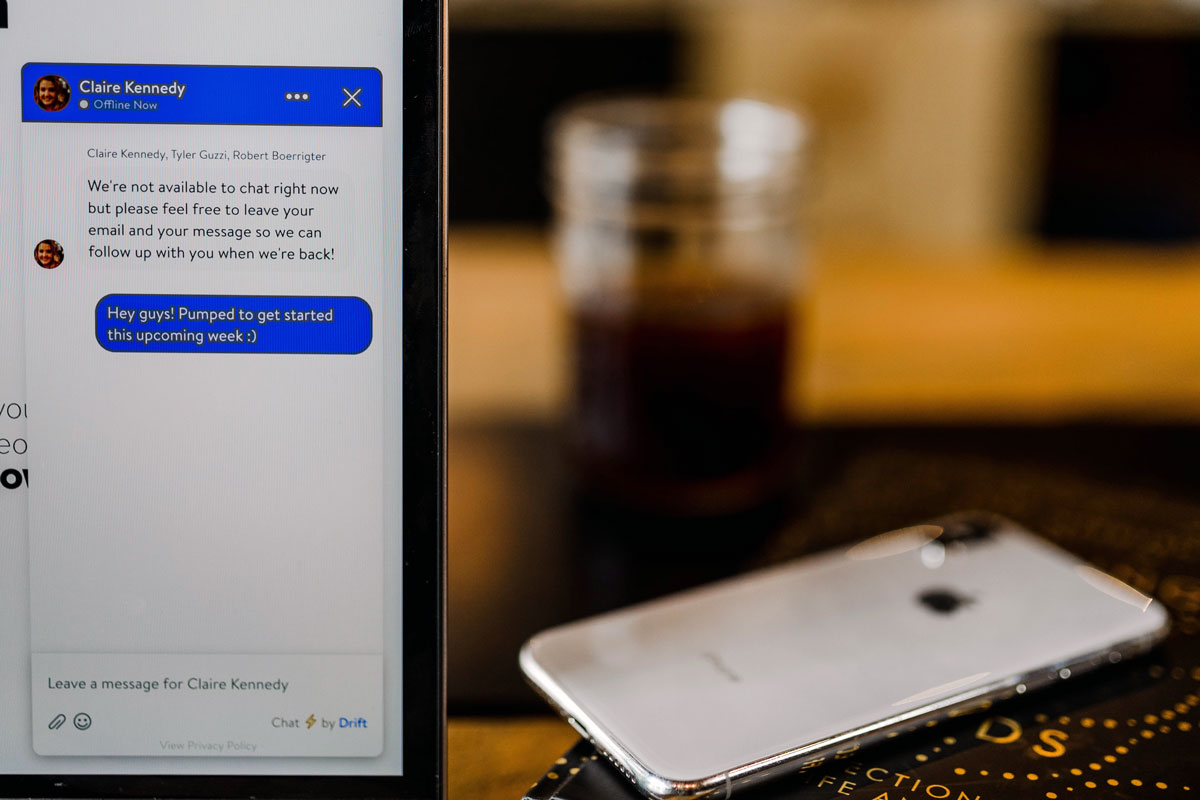
The fact that customers use virtual chatbots to ask for product and brand information is no longer strange to the online shopping protocol. According to Business Insider’s 2021 statistics:
- 54% of online shoppers confess that they always choose chatbots over a salesperson if it’s more time-saving.
- Worldwide sales via chatbots are expected to grow from $2.8 billion in 2019 to $142 billion by 2024.
Major companies like Starbucks, LinkedIn, eBay, and British Airways are using mobile chatbots not only for external customers but also for internal operational processes.
Key takeaways:
- You can utilize chatbot mobile commerce trends from the big providers like Facebook, Microsoft, and Google, who have developed for many years in this field.
With the increase in demand for chatbots, many technology companies are developing solutions to keep up with this mobile commerce trend and serve specific markets with more diverse needs.
In case you need customized features or use mobile chatbots for internal projects within the business, it’s recommended to choose other alternative technology companies like Assisty. They will collect your specific requirements and help you deploy mobile chatbot technology.
Mobile commerce trend #6. VR and AR
AR (Augmented Reality) helps mobile eCommerce customers try products before making a purchase. They can do it in their space or even on their bodies. For example, cosmetics brands offer lipstick swatches on customer’s lips right with their mobile camera.
With AR technology built into your shopping options, it increases the chances of your customers choosing the right product without going to the store. The accuracy is even higher than buying in person because customers can try the product right in their home space.
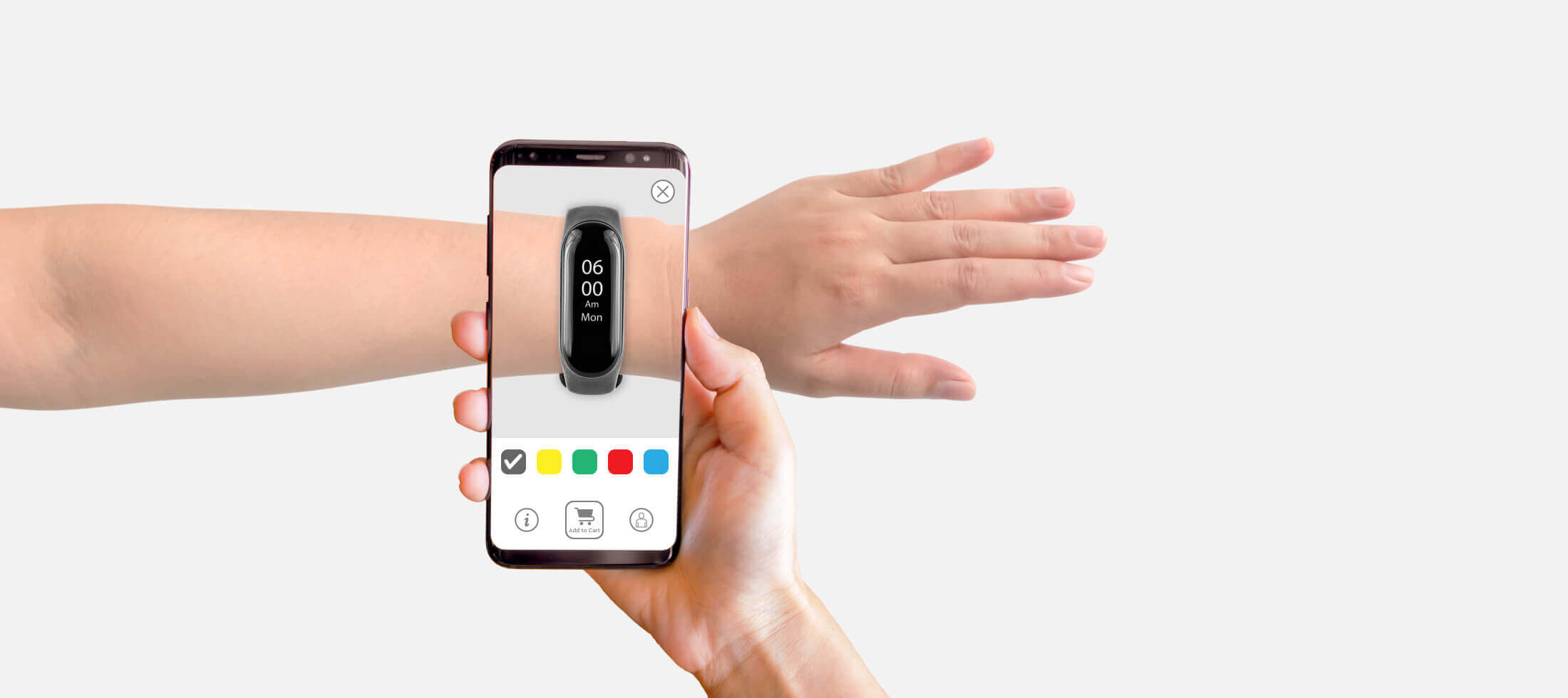
VR (Virtual Reality), or mobile VR, works by connecting VR devices to your mobile devices to create a VR experience. In this connection, mobile devices are used as the processing and display method, so mobile VR is the most optimized and applicable version of VR for the retail and general public. With the mobile commerce trends of VR, eCommerce stores are now creating a realistic shopping experience for their customers.
Grocery stores may offer a tour of the area in their store or even to food factories, which is impossible otherwise due to the risk of food allergies. Gyms can offer potential members the opportunity to view the facility without disrupting the gym members’ workouts. VR is also very useful for new opening stores, when everything is still simple and incomplete. However, these experiences require VR headset. While VR adoption is still moderate, VR tours are likely to have a stronger impact in the near future.

AR and VR are rising mobile commerce trends that can shape the future of ecommerce.
According to a report by Statista:
- In 2020, 83.1 million US online shoppers used AR at least once a month, which is 15% of the population.
- By 2025, the VR and AR industry is predicted to reach $35 billion.
Many businesses have started to apply AR and VR to improve their customer shopping experience. Both can reduce the product return rate.These solutions are said to be best suited for retailers selling expensive, unwieldy, or oversized items. It allows combining digital rendering with real-world imagery, giving shoppers a sense of the product’s proportions, details, and dimensions, helping customers make better purchasing choices.
Key takeaways: Industries should apply AR and VR the most in their retails include:
- Architecture
- Design and furniture
- Beauty and care
- Medical and healthcare
- Fashion
- Tech-wears
- Housing applications
- Automotive
- Medical and healthcare
- Hobbies and entertainment
M-commerce trend #7. Mobile payments
Mobile payments is the mobile commerce trend that your customers make monetary payments for a service or product through mobile devices. Another use of mobile payment technology is for sending money within family members, friends, and colleagues. Venmo and PayPal are some popular mobile payment providers.
According to mobile payment statistics by Statista:
- Mobile annual sales are increasing by 62%.
- More than $274 billion payments are processed via mobile by 2022.
- 65% of fraud transactions are made via mobile devices.
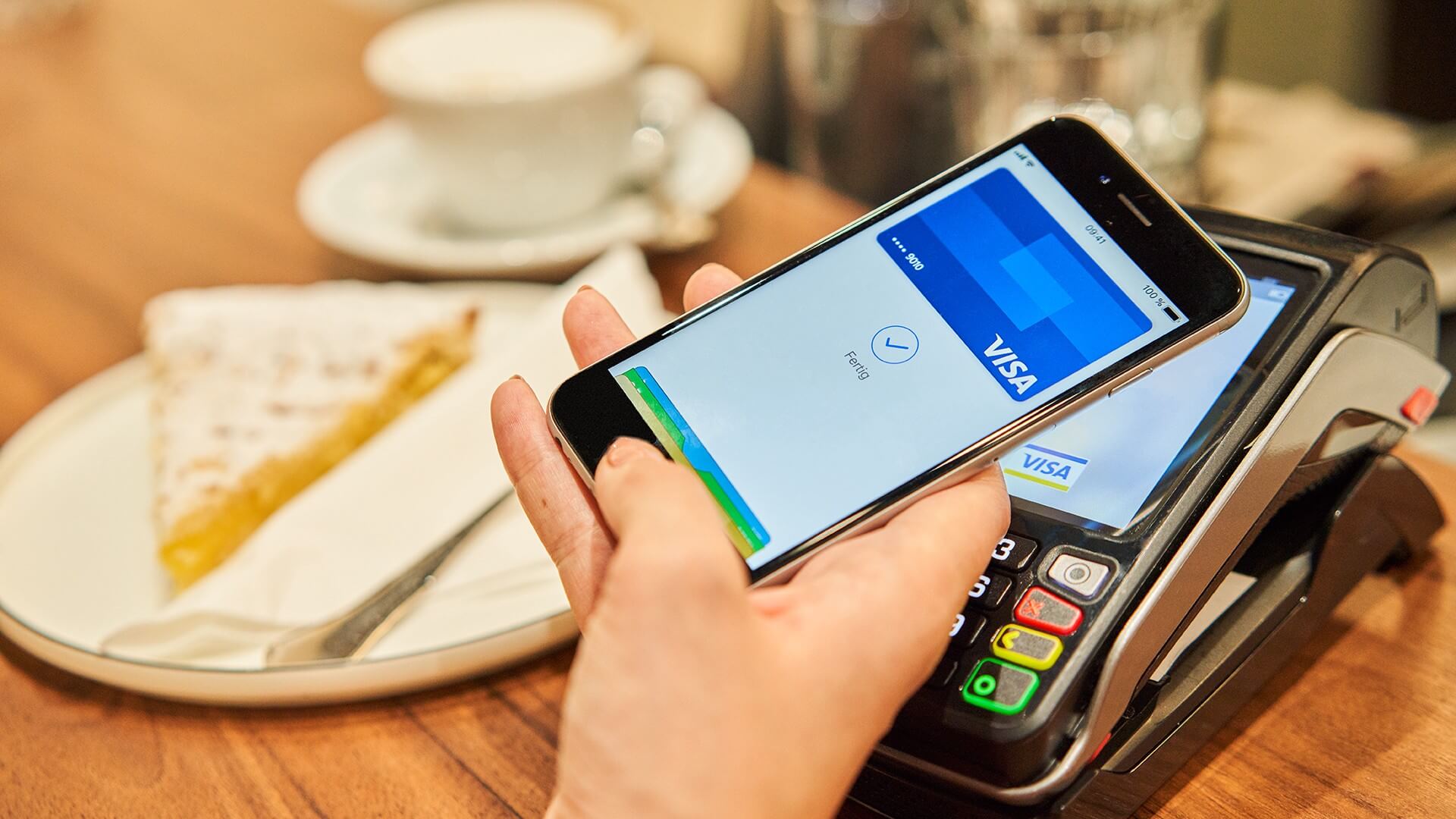
Key takeaways:
- Update the latest payment trends and best practices of your retail market via some free mobile payments report
- Get advice from your payment service provider about what mobile payment wallets are suitable with your particular market share and popular with your customer’s geographical location
- Keep offering mobile payment with traditional payment methods like to pay by cash or credit card to diversify payment options
- Build a mobile shopping app for your mobile commerce that is more secure than website browsing
To sum up
You may notice a common element in all the 7 mobile commerce trends: turning to app integration or making your website more mobile-friendly. This will be the mainstream for mobile commerce in the future. As an eCommerce store owner, you need to keep a close eye on mobile commerce trends to plan accordingly. If you keep improving and transforming with the trends in this article, you will surely be able to dominate mobile commerce in 2022.














